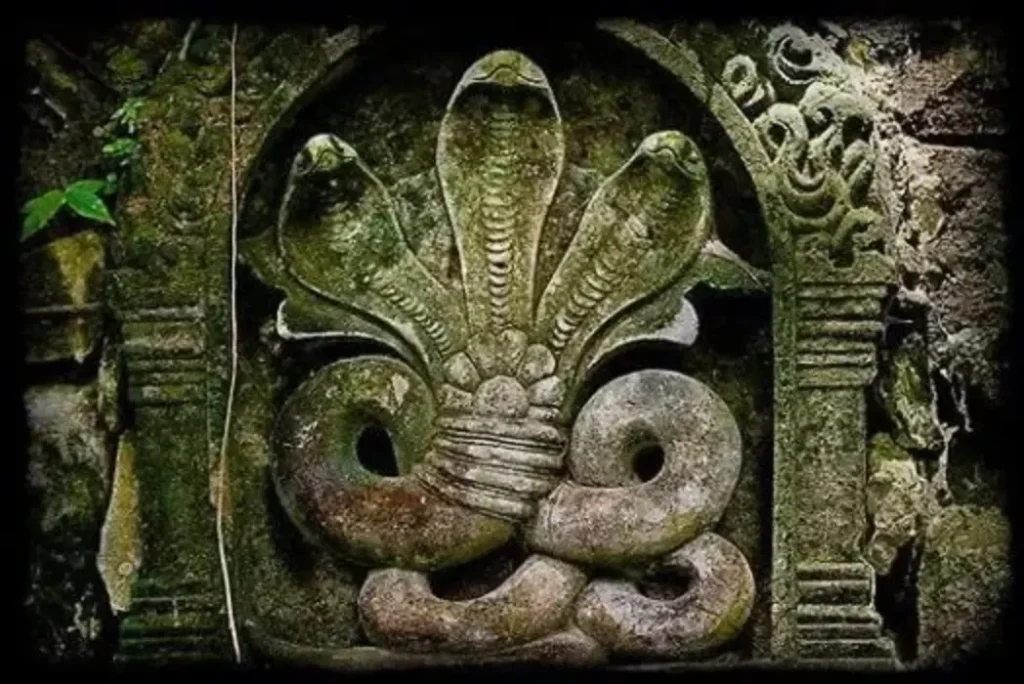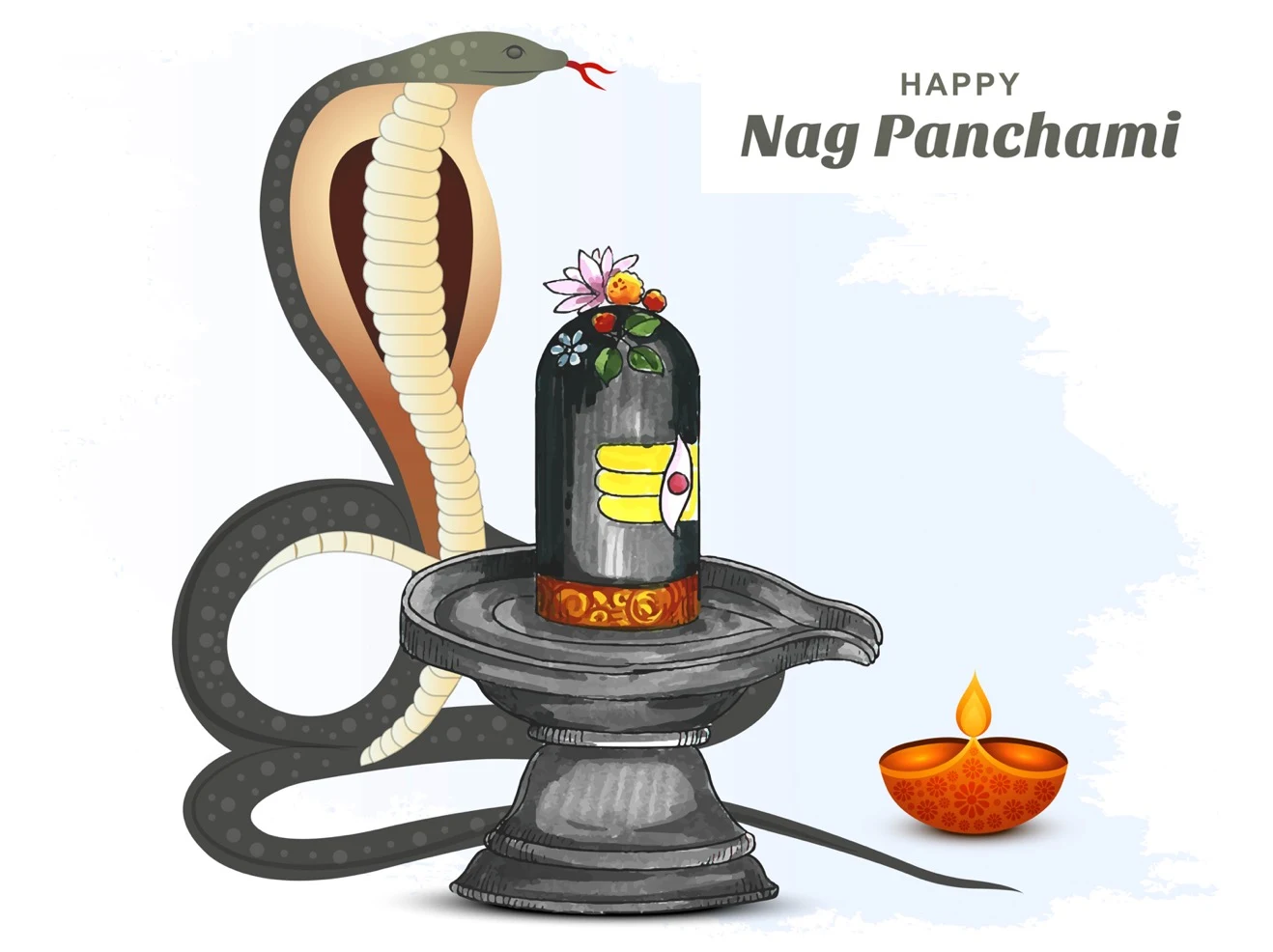Today is the Naag Panchami day. It is being celebrated across India – let’s understand what it is, how it is celebrated in different parts of India and it’s significance.
Table of Contents
Introduction
Naag Panchami is one of the oldest and most revered Hindu festivals dedicated to the worship of Naags (serpent deities). Celebrated on the fifth day (Panchami) of the bright half of the lunar month of Shravana (July/August), this unique festival symbolizes reverence toward nature and the mystical bond between humans and serpents.

Why Is Naag Panchami Celebrated?
In Hindu mythology, serpents or Naags (snakes) are seen as divine beings associated with Lord Shiva, Vishnu, and Subramanya (Kartikeya). They are believed to possess immense powers and are protectors of water sources and wealth. The festival of Naag Panchami is an occasion to seek protection from snakebites, natural calamities, and unknown dangers.
Some key mythological stories associated with the day:
- Lord Krishna and Kaliya Naag: As a child, Krishna subdued the venomous serpent Kaliya who poisoned the Yamuna River.
- Samudra Manthan: Vasuki, the king of serpents, played a pivotal role as the churning rope.
- Mahabharata: Astika Muni stopped King Janamejaya’s serpent sacrifice (Sarpa Satra) on this day, saving the serpent race.
Rituals and Traditions
1. Worship of Snake Deities
- Images or idols of serpents are worshipped in temples or clay models at homes.
- In many parts of India, live snakes (usually cobras) are worshipped by snake charmers.
2. Milk Offering
- Devotees offer milk, honey, and turmeric to anthills or snake burrows.
- It’s believed that offering milk appeases the serpent gods and brings prosperity.
3. Fasting and Prayers
- Many women observe Naag Panchami Vrat (fast) for the well-being of their brothers and family.
- Special prayers and Naag mantras are chanted.
4. Drawing Snake Symbols
- In Maharashtra, women draw snake motifs with rangoli on house walls and worship them with haldi and kumkum.
Regional Celebrations Across India
Maharashtra:
- Widely celebrated in rural regions.
- Women worship live snakes handled by charmers.
- “Shiv mandirs” see huge crowds.
Uttar Pradesh and Bihar:
- Large fairs and rituals at Naag temples.
- Idol worship, folk songs, and snake dances are common.
Karnataka and Andhra Pradesh:
- Celebrated as Naga Chaturthi and Naga Panchami.
- Clay idols and snake holes (Valmikas) are worshipped.
Kerala:
- Observed in serpent groves (called Sarpakavu).
- Priests conduct rituals in sacred forest patches.
Nepal:
- Known as Nag Panchami Parva, with posters of snakes worshipped on doors.
Do’s and Don’ts on Naag Panchami
Do’s:
- Offer raw milk, sweets, and flowers to snake idols or temples.
- Recite Naag stotra or mantras like “Om Namah Shivaya” and “Nagendra Haraya Namah.”
- Feed Brahmins or donate to snake-protecting charities.
Don’ts:
- Avoid digging the earth, especially near anthills.
- Don’t harm or kill any snake on this day—it is considered a grave sin.
Symbolism and Scientific Relevance
Naag Panchami reflects India’s deep respect for biodiversity and snake conservation. In rural India, snakes are vital to the ecosystem for controlling pests. This festival promotes a non-violent coexistence with nature.
Interestingly, the timing in Shravana month aligns with the monsoon, when snake activity increases—thus raising awareness about safety and harmony.
Conclusion
Naag Panchami is more than a religious festival – it’s a tribute to the snakes that slither through Indian mythology, folklore, and even ecology. Through age-old rituals and regional diversity, it continues to hold spiritual and environmental significance.
So, whether you’re fasting, drawing snake symbols, or simply observing the rituals – Naag Panchami is a powerful reminder of how deeply interwoven mythology and nature are in Indian culture.
Keep following Duniya Daily for more such exciting news and updates!










